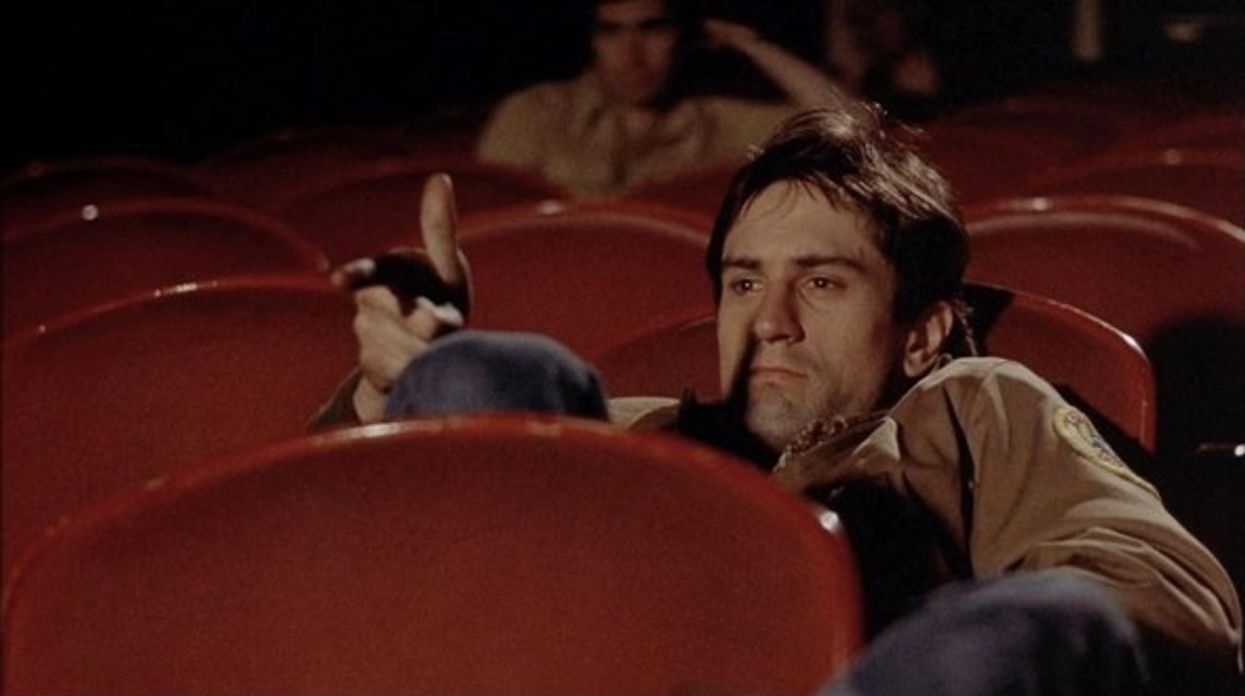You Must Put the Audience Inside Your Character’s Headspace—Here's How
A single shot is worth a thousand words.

Film is a unique art form due to its special ability to convey meaning through a single image. At any given moment in a film, a viewer can pause a film and pluck out the theme and emotional depth of a scene, and that is amazing. There is no need for dialogue; instead, there are the basic tools of filmmaking at work in a dynamic way.
One of the best ways to use visual storytelling is to break down the subjective view of the narrative. Visual decisions are made to showcase the filmmaker’s connection to the story to an audience rather than just be decorative. Even the most brilliant shots capture the character’s state by using the simplest of filmmaking techniques such as camera movement to provoke empathy.
Must See Films breaks this down in a video about how to create visual storytelling that puts the audience in the headspace of the character. Check it out.
Visual elements such as camera movement and framing have to do some heavy lifting. The choice of the camera lens, movement, cuts, and length of time it focuses on an object and person can reveal a deeper layer of the story that couldn’t be told any other way than visually.
Having a solid understanding of mise en scene is always important, but it shouldn’t be the initial focus when deciding how to build a specific shot. Director Sidney Lumet and his book Making Movies suggest we start from the beginning of the creative process before focusing on the final product. Movies don’t start with the visual. They start with a story. Style should come after the filmmaker has a clear understanding of the story and how they are connected to it.
Once there is a clear understanding of the story and what the connection to that story is, then ask how it should be told. This is a big question for the project since it will affect every single department working on it.
How should the shot be composed? The way the shot is framed will impact how the audience understands the emotional weight of a moment. A great way to understand specific shots is by studying moments in films like the opening to Raiders of the Lost Ark or the entirety of 12 Angry Men.
For Raiders, watch how Spielberg can tell so much about a character by using specific camera angles, holds, and lighting all within a minute. We learn that Jones is mysterious, quick, and doesn’t take any shit from backstabbers.
In 12 Angry Men, Lumet uses different angles and lenses to show the ever-increasing panic that these men in one room share. As the film progresses, the audience feels almost claustrophobic as the space shrinks and there is no room to breathe.

One of the greatest character studies in all of cinema is Travis Bickle (Robert De Niro) from Taxi Driver. The story is one about self-destruction, isolation, and predetermined fate versus self-directed fate, and Scorsese tells this entire story in the opening of the film.
If you take away the music and make the scene black and white, the visual details are easier to spot. The steam that the cab is born out of welcomes the audience to Scorses’s subjective understanding of Travis’ perspective of reality. The character is introduced by his eyes, showing the audience that he is an observer watching a world distorted by the rain cover the windshield in the next shot.
The opening makes the audience feel disoriented and uneasy as we sink deeper into the trance of Travis’ story. This style of subjective storytelling is a reflection of the way the filmmaker likes to tell stories. Taxi Driver is Scorsese’s commentary on how he views the world, and he uses Travis’ story to tell it visually to the audience.
Films have the ability to tell great stories on their own, but the visuals amplify the emotional intensity of a character and their place within the world of the story. A camera holding longer on a character sitting in front of a fish tank can take a story from good to great because that simple image can reveal the character’s state of mind to the audience without anyone having to say anything. Remember to start with the story, and allow the style to follow its function. Let the character's journey, theme, and form influence the visual choices. Never underestimate the power of visual storytelling.
What are some of your favorite films that use visual language to reveal a character's inner state? Let us know in the comments below!
Source: Must See Films













